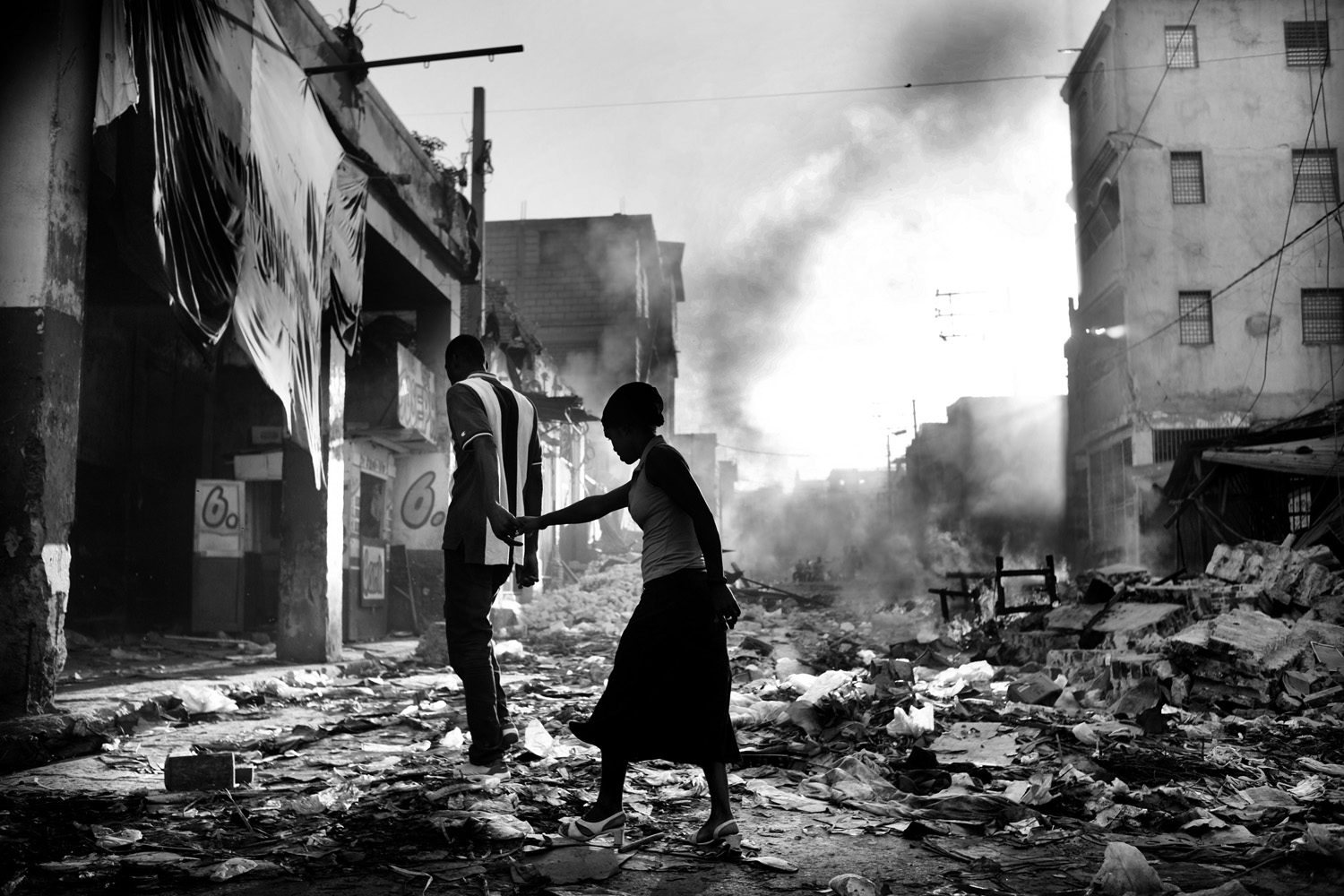
The winner of the 2011 Leica Oskar Barnack Prize is Danish photographer Jan Grarup, whose haunting images of the aftermath of the devastating January 2010 earthquake in Haiti provided a dramatic perspective on the human toll of the tragedy. Entitled “Haiti Aftermath,” the work shows the extraordinary devastation that the quake caused and the fate of those who survived.
In his almost two decades of work as a photojournalist, Grarup has covered many of recent history’s defining human rights and conflict issues. His work from Rwanda and Darfur documented the genocides in those two regions, helping to provide incontrovertible evidence of unthinkable human brutality; his dual projects, “The Boys from Ramallah” and “The Boys from Hebron” showed the Palestinian-Israeli conflict from both sides through the lives of children coming of age.
The earthquake in Haiti was the third he has covered. “A lot of people I work with,” he says, “want more than the fast-forward news photos. They also want in-depth photojournalism. This is where I think photojournalism can help.”
Based in Copenhagen, Grarup initially went to Haiti on his own. Once he was there, he was contacted by Le Monde and Russian Reporter, both of which published the images.
In the last year, Grarup has been working on a project on childhood mortality. In cooperation with UNICEF, he has photographed thus far in Ethiopia, Sierra Leone and the Central African Republic, a country where more than 200 children per thousand die before the age of five. Samples of the project can be seen at the website of the Grarup’s agency, NOOR.
“I want to put some focus on what is going on in other places in the world,” Grarup says. “When you try to photograph things from perspective, you get a little more in-depth of what is happening.”
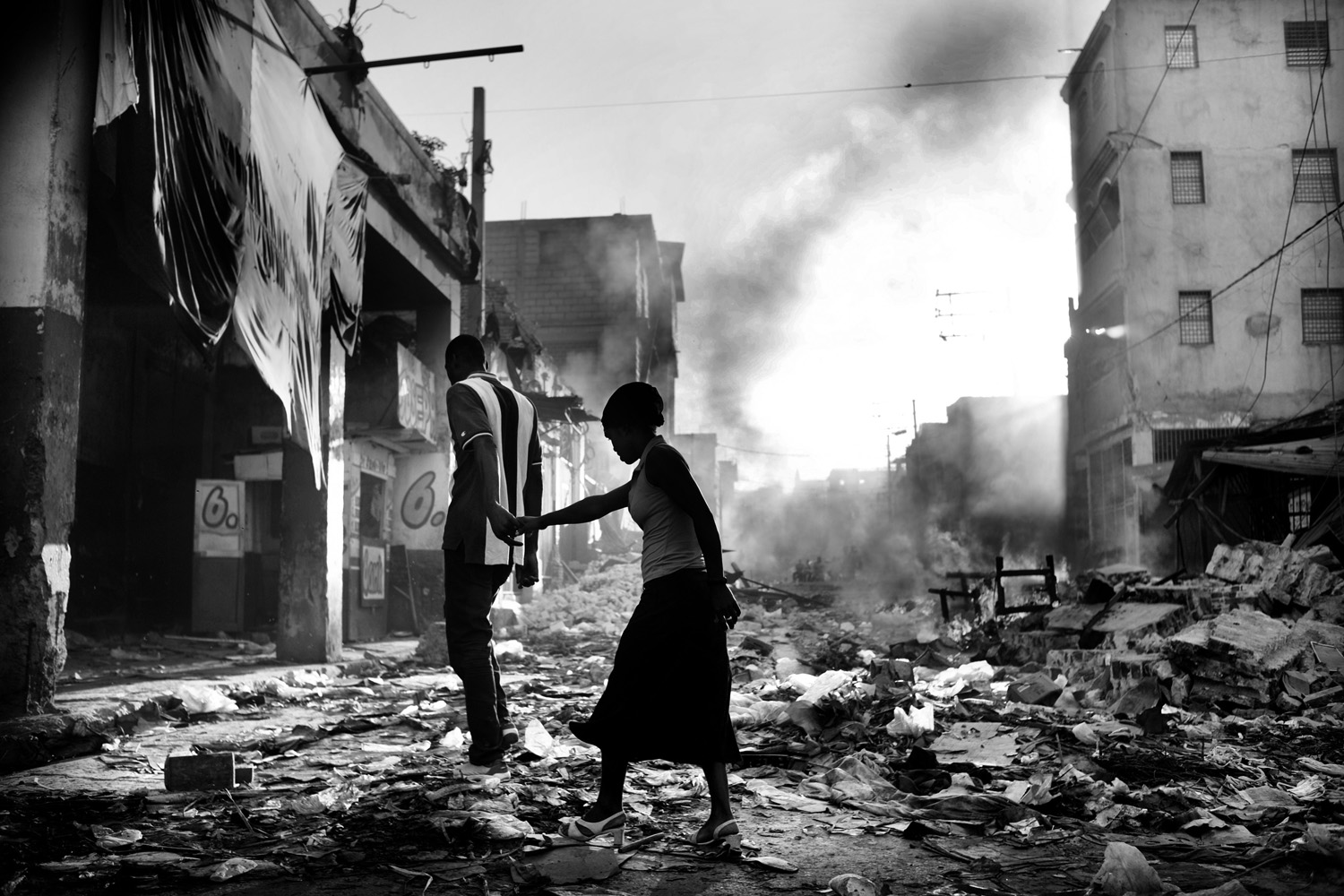
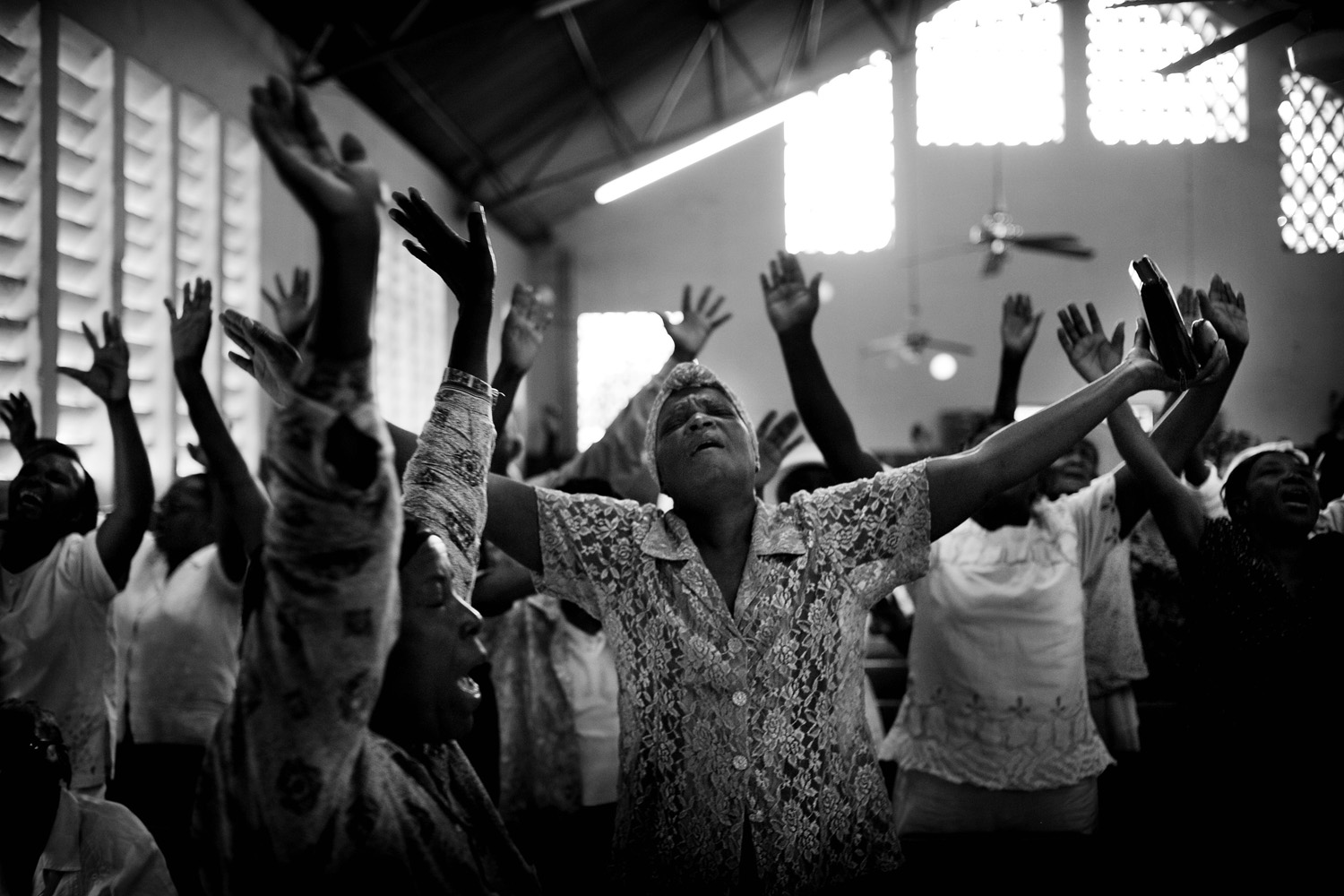
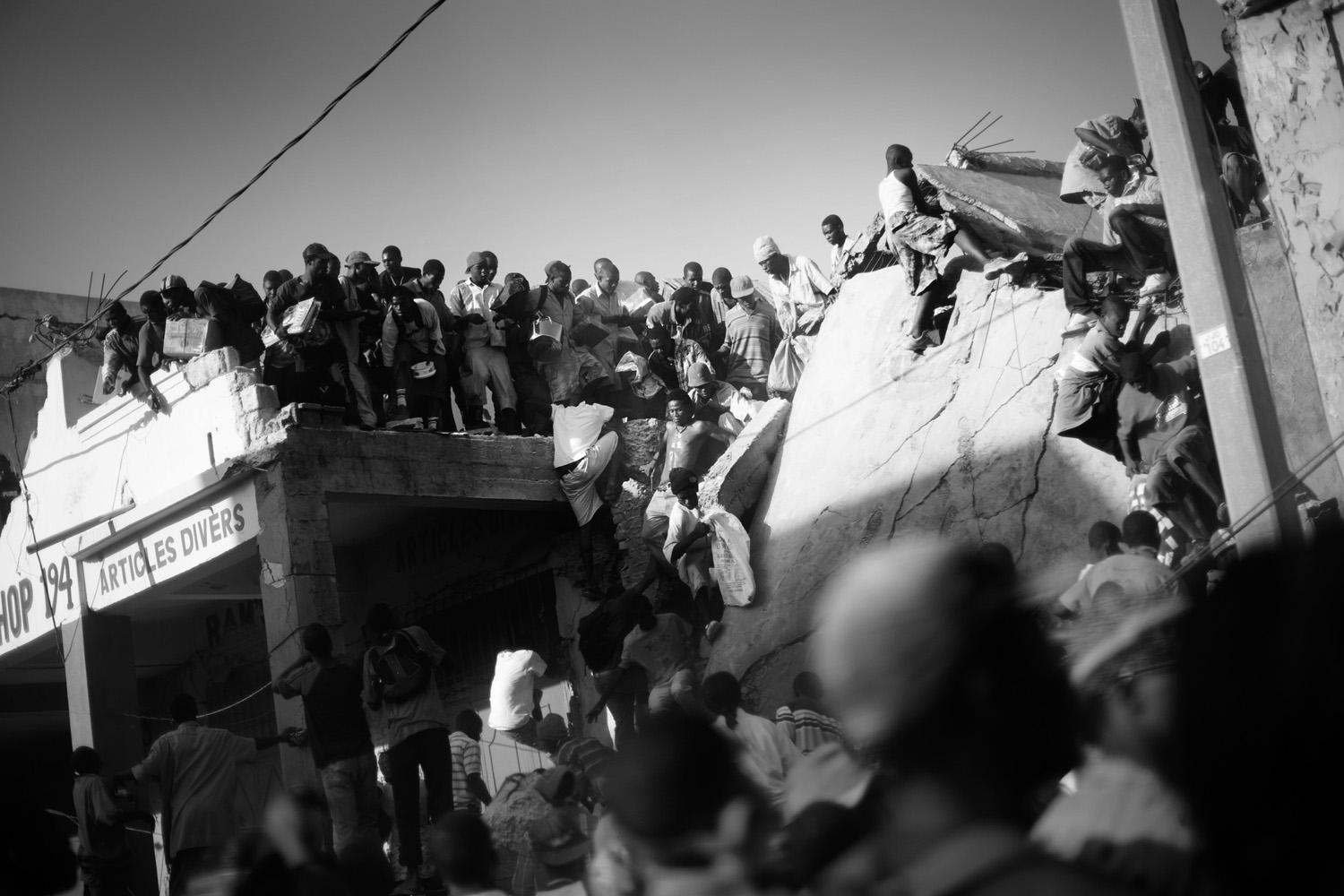
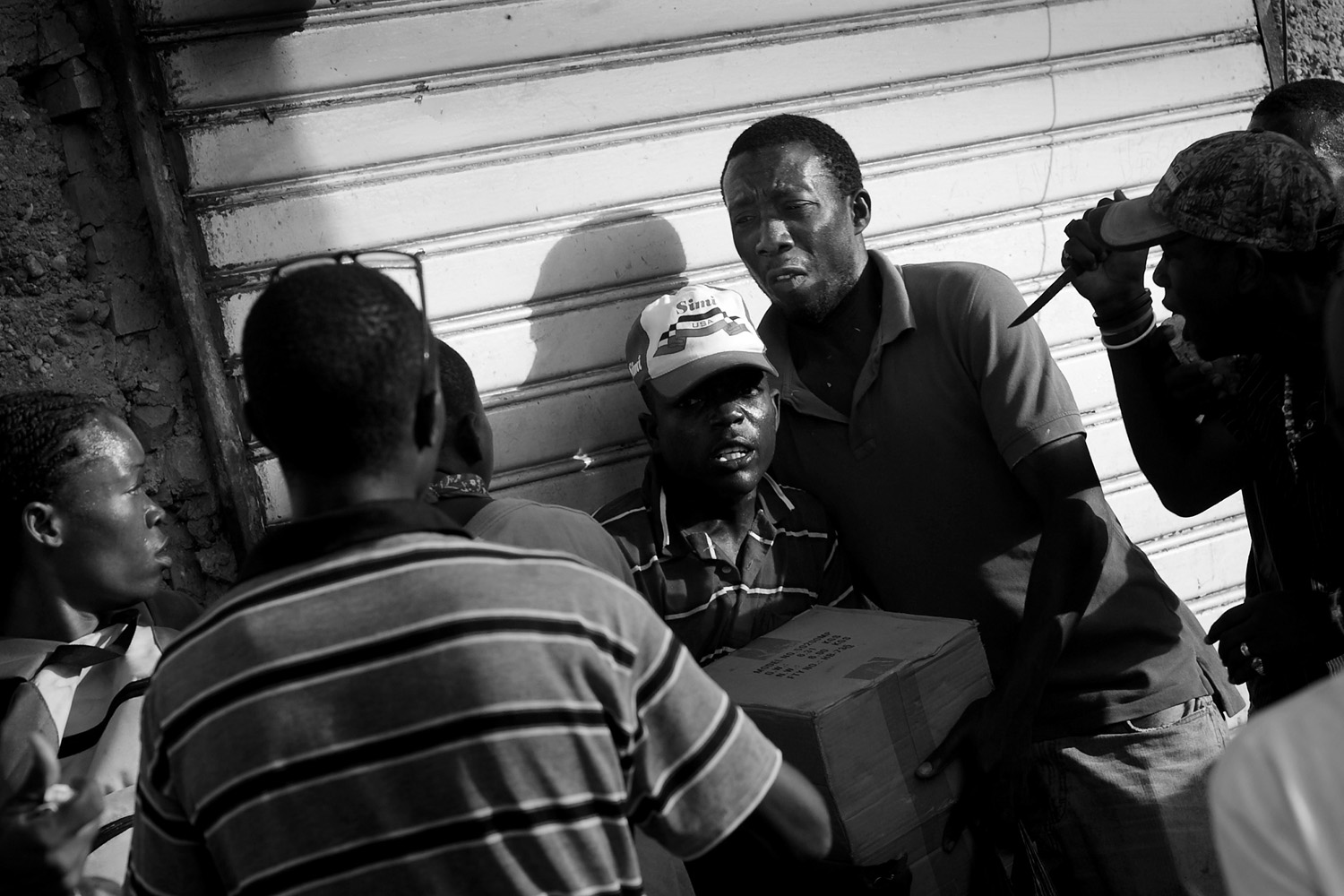
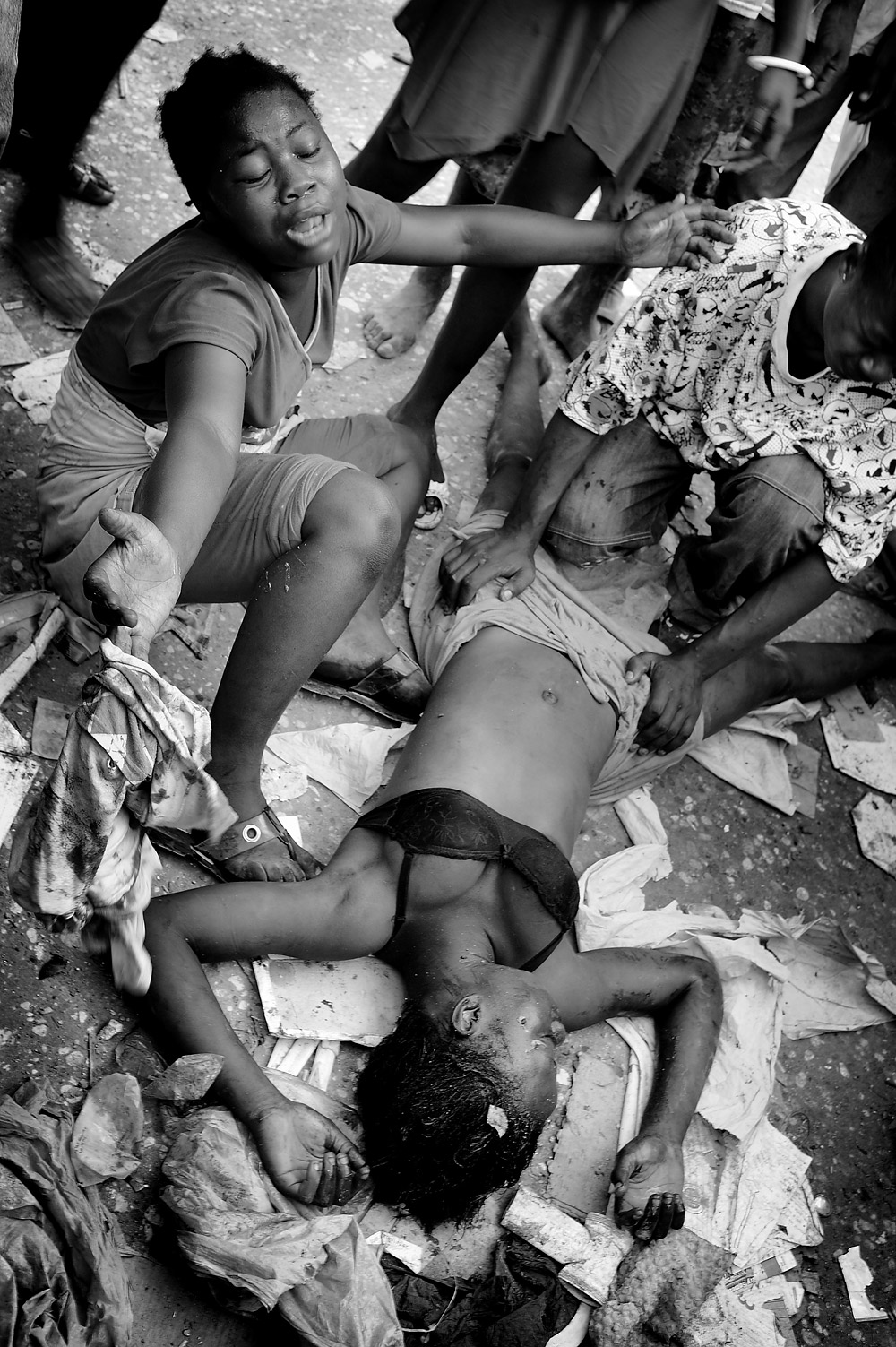
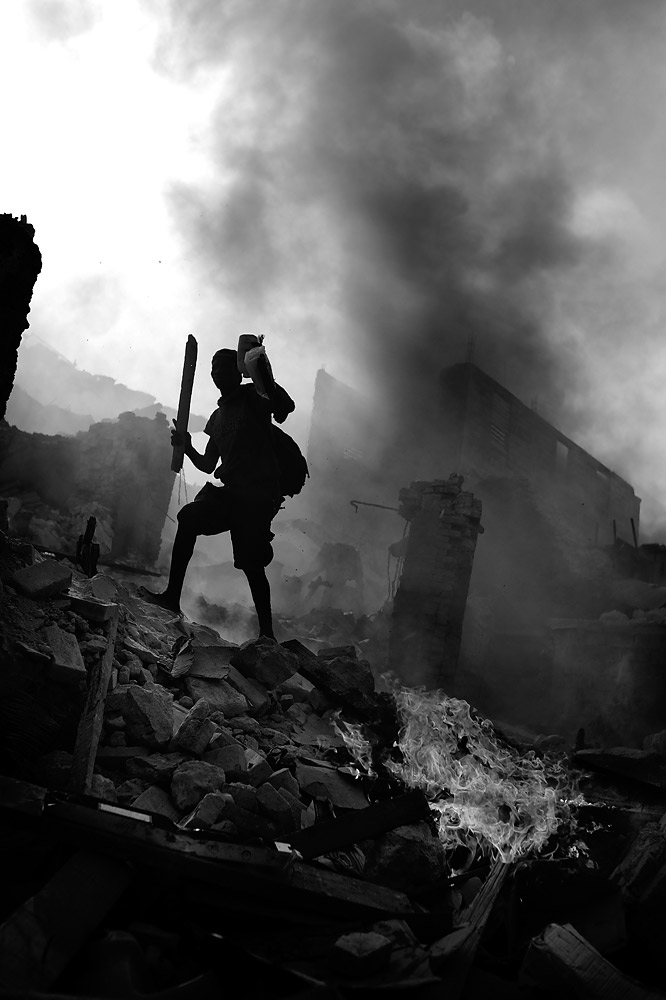
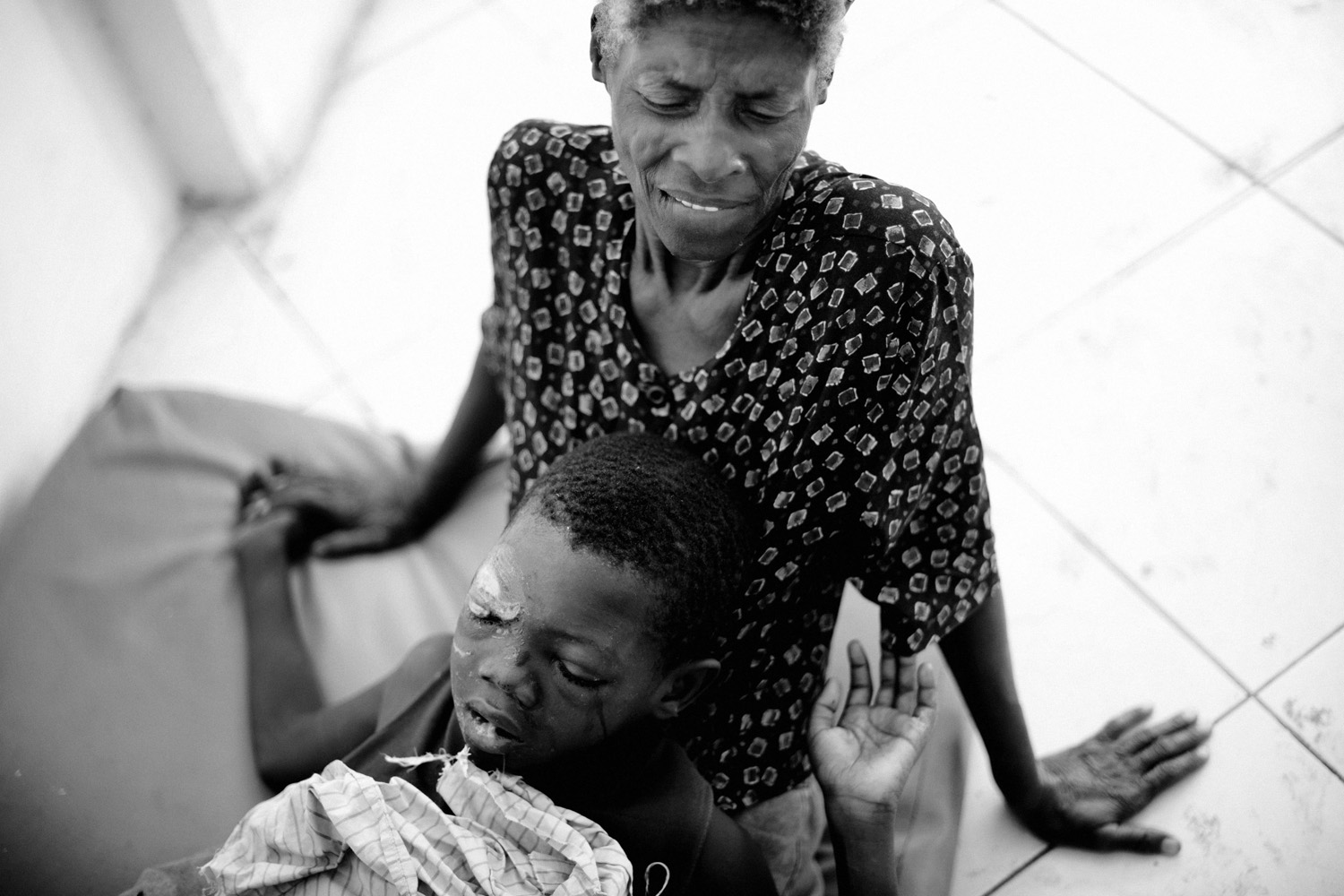

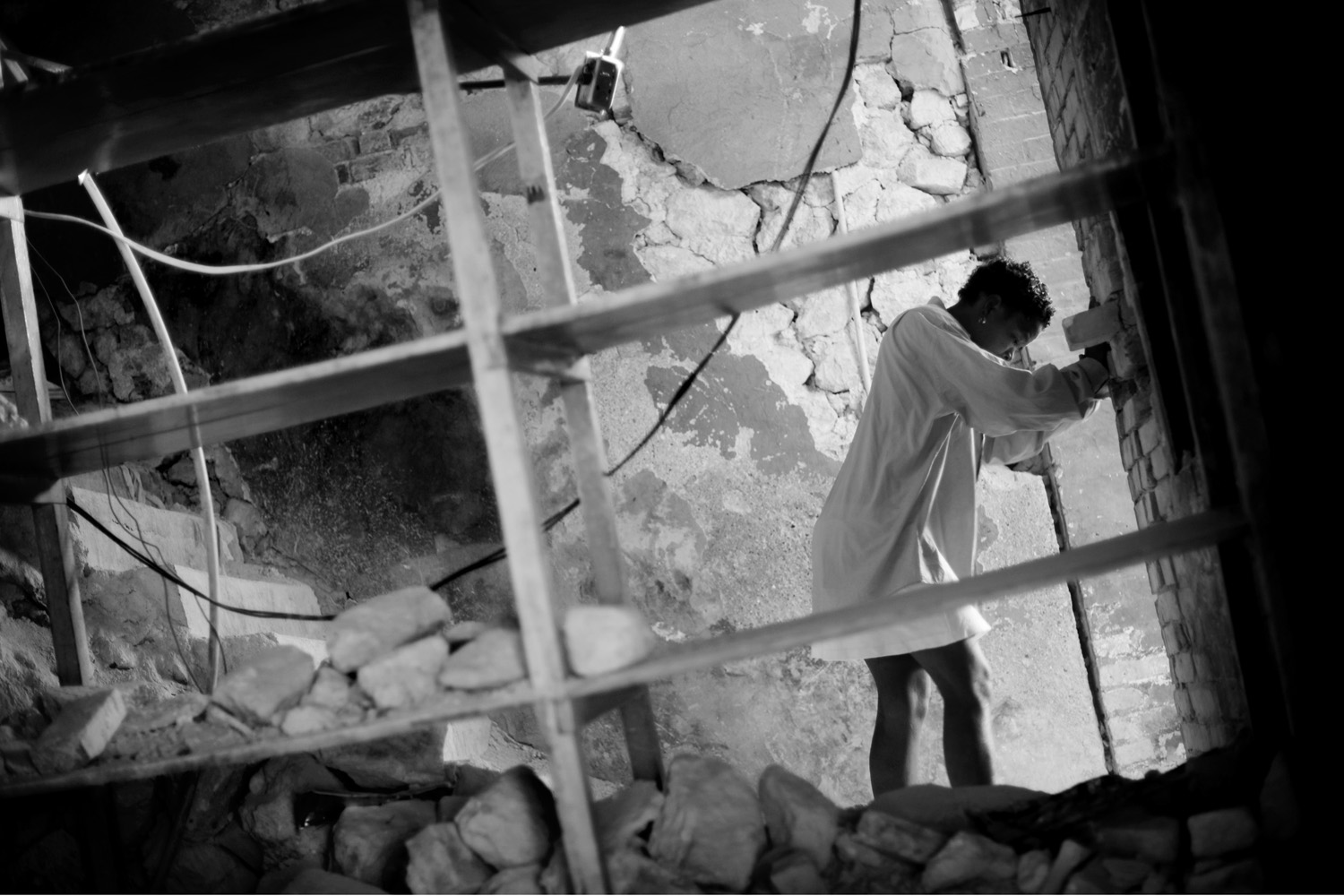
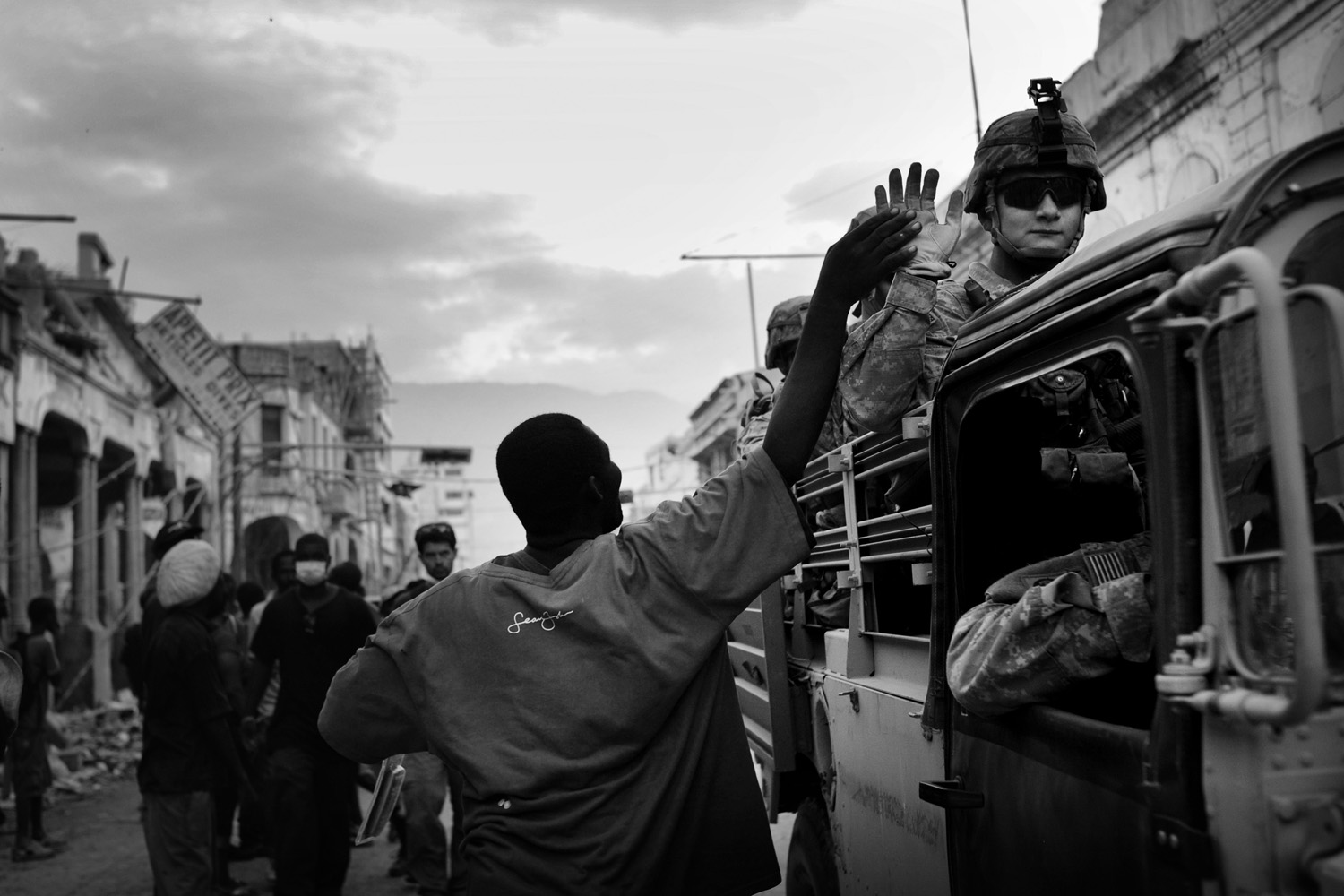
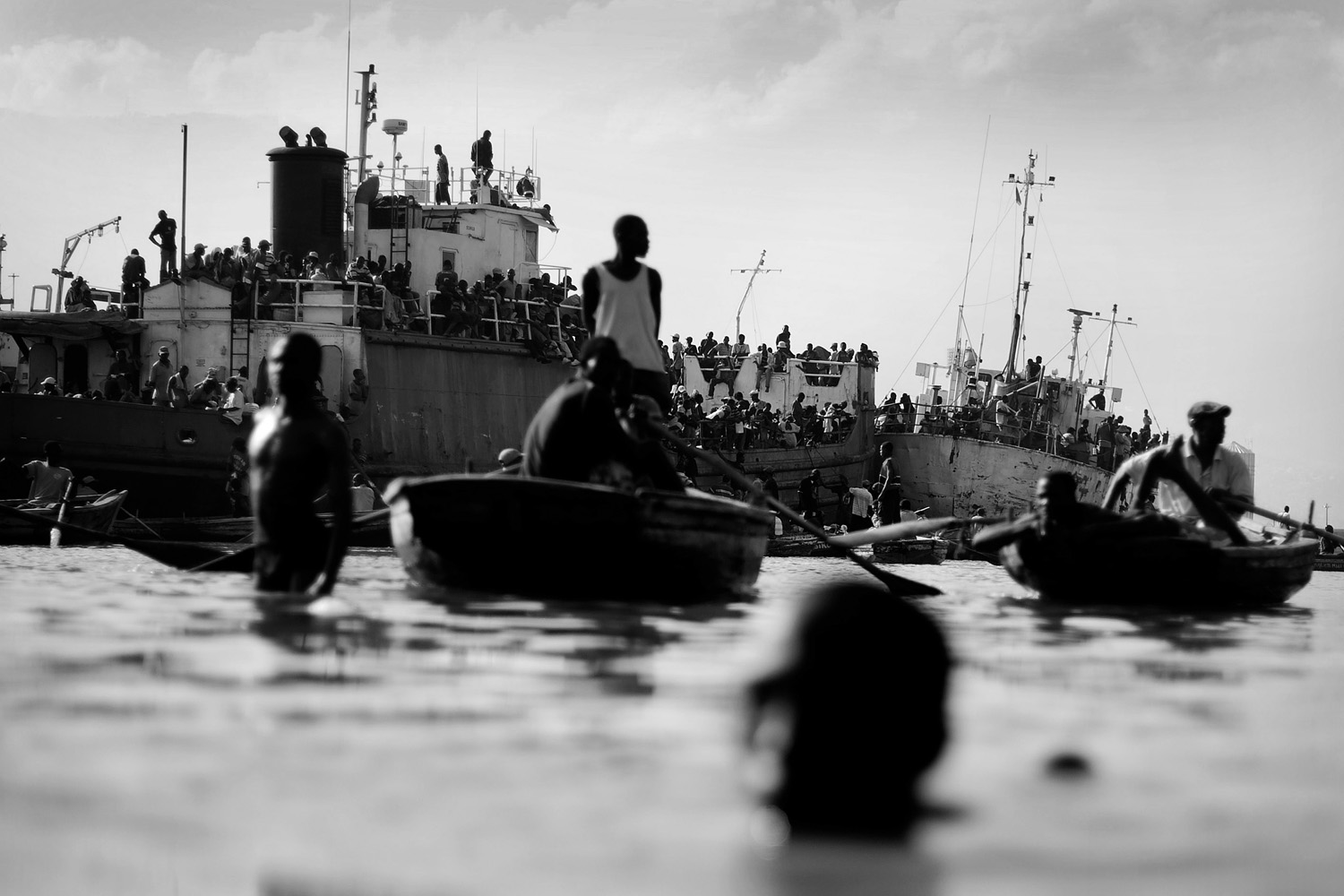
More Must-Reads from TIME
- How Donald Trump Won
- The Best Inventions of 2024
- Why Sleep Is the Key to Living Longer
- Robert Zemeckis Just Wants to Move You
- How to Break 8 Toxic Communication Habits
- Nicola Coughlan Bet on Herself—And Won
- Why Vinegar Is So Good for You
- Meet TIME's Newest Class of Next Generation Leaders
Contact us at letters@time.com